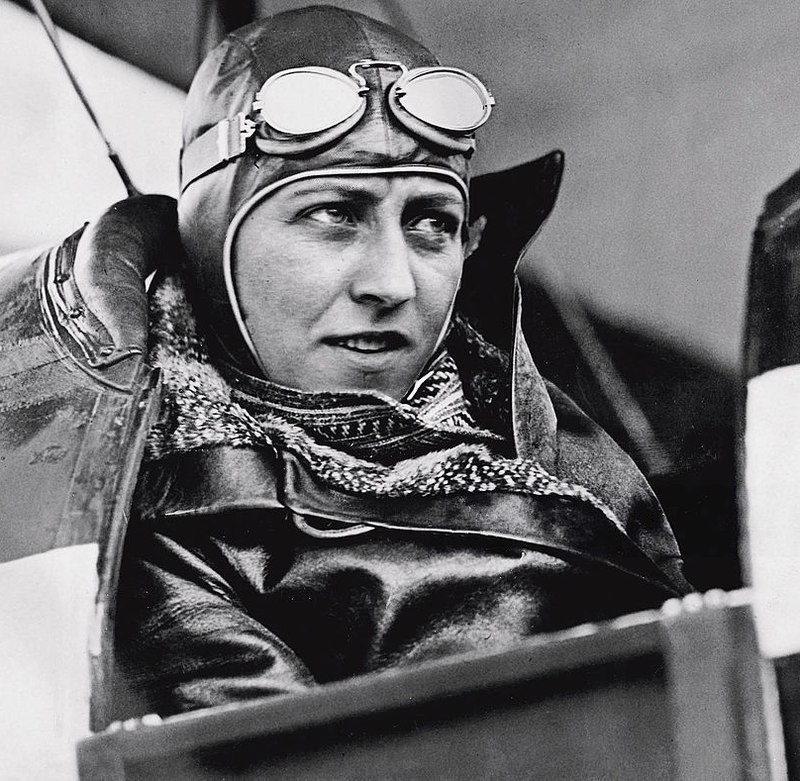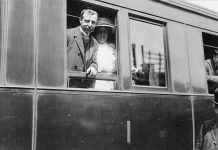To fully understand how important Amy Johnson’s venture was considering that she was born back in 1903, we need to first think about the historical context. For the United Kingdom, the year 1918 represents the year of women’s suffrage, which was granted only to women over the age of 30. Women then endured a further ten years of battles and protests for suffrage to be extended to all British women, giving them the same rights as men. Or at least to all citizens aged at least 21, regardless of sex. In 1928 very few women graduated and even less women pursued a career.
Amy was the fourth daughter of a wealthy family from Kingston upon Hull and from a young age she showed a strong and determined personality. She graduated in Economics in Sheffield and shortly after started working as a secretary in a law firm in London. In the big city, Amy started to develop personal passions and interests, including aviation.
Despite the fact that this field was reserved only for men at that time (and for many years to come), Amy was able to join the London Aeroplane Club and to take the long-desired flying lessons. In 1929 she got her pilot’s licence and set an important record: she was the first British woman to obtain her licence as a ground engineer. Not without overcoming a certain amount of difficulty due to prejudice and gender discrimination, of course.
This extraordinary woman was soon faced with a difficult choice: continue to fly or lose her job. Amy decided to continue pursuing her dream and her story immediately had wide appeal.
On 5th May 1930 Amy took on an extraordinary venture: a solo flight on board a single-engine biplane (the Havilland DH.60 Moth) from England to Australia. 14,000 kilometres (8700 miles) and 19 and a half days later, Amy became the first woman in the world to embark upon and successfully complete such a journey and, having been welcome home by more than one million people, she was awarded the Most Excellent Order of the British Empire.
Later, Amy flew from London to Japan, from London to Moscow, from London to New York, and from London to South Africa, gaining unprecedented media attention. Unfortunately, the Second World War then started to occupy the front pages of newspapers and magazines.
The war also took Amy Johnson’s life. She had enlisted in the Air Transport Auxiliary, a British civil organisation that dealt with transporting aeroplanes and service staff as necessary. In 1941, she was forced to bail out of her aircraft in adverse weather conditions, but sadly her body was never found.
Amy’s revolutionary spirit remains alive today at the Science Museum in London, where her most famous aeroplane, the Moth Jason, is on display for all to admire. But more than anything, she survives in the achievement of rights for all women.




